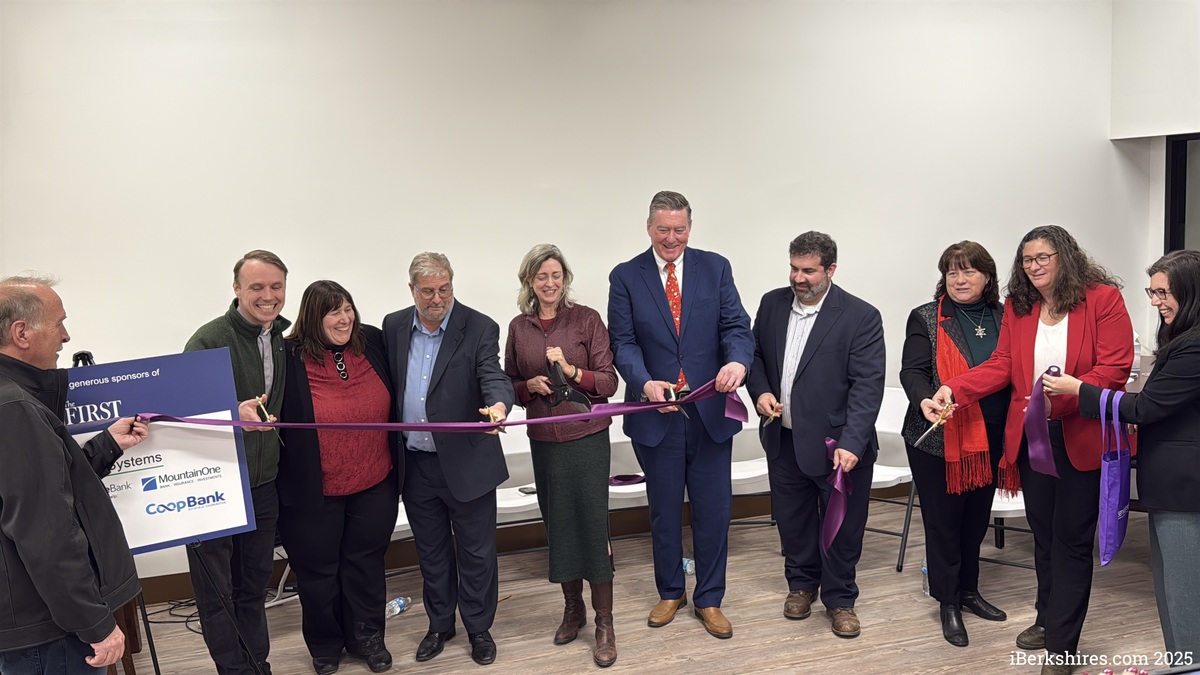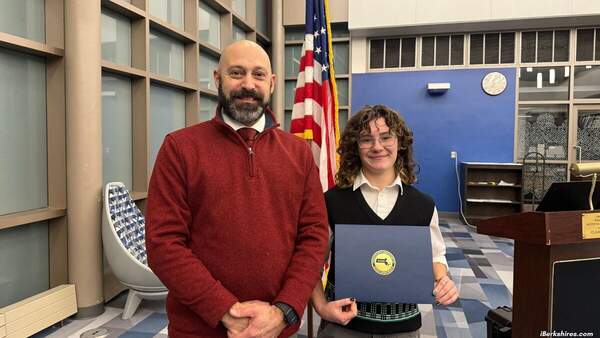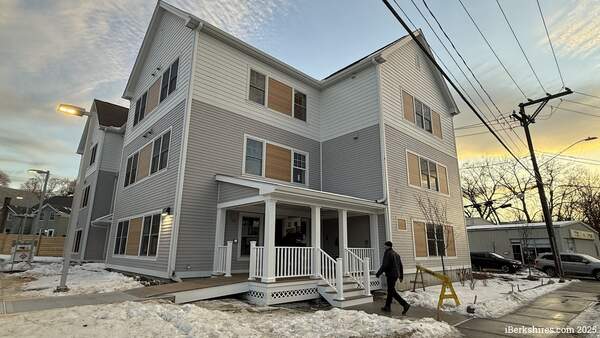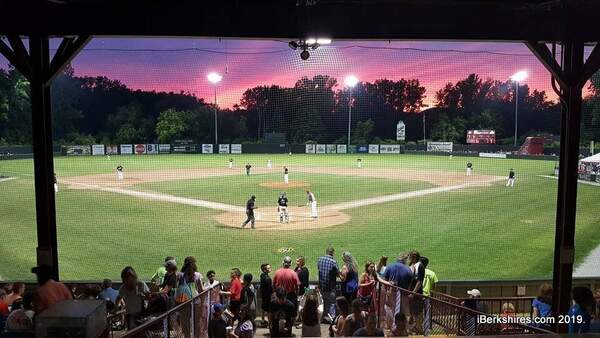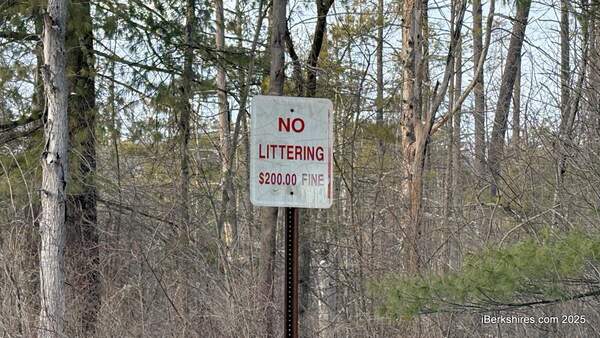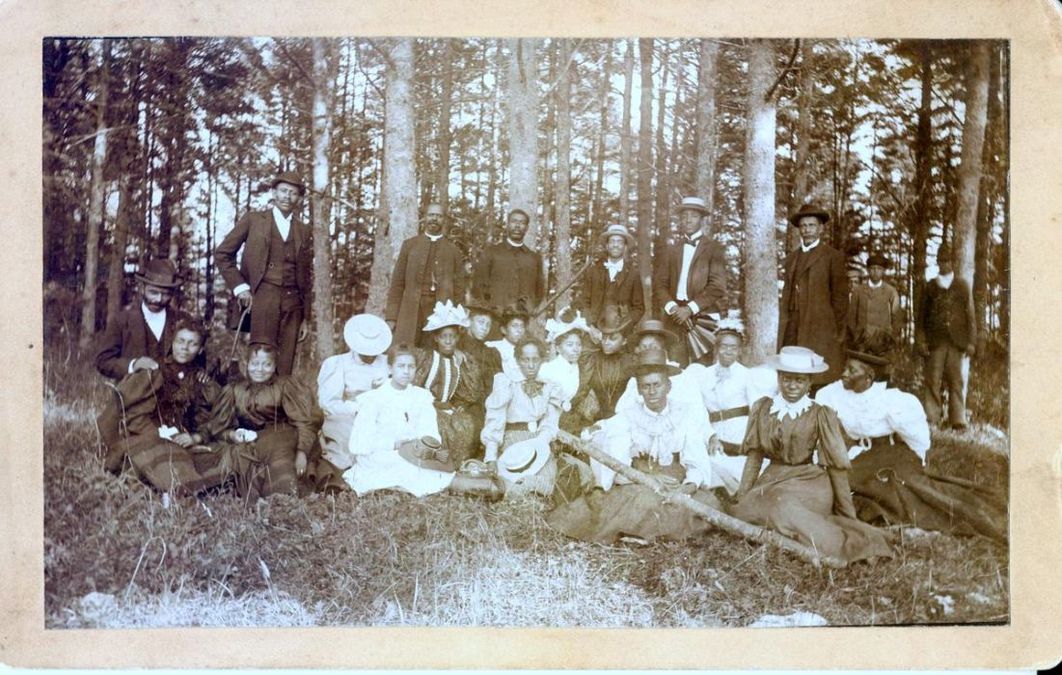
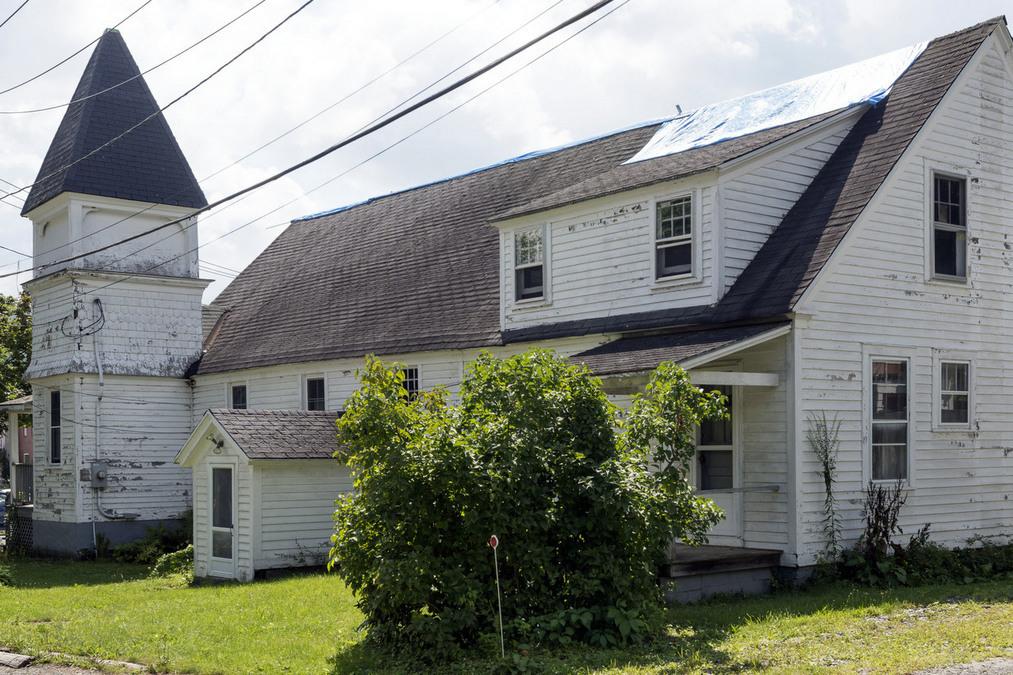
Clinton AME Church Renovation Finalizing Designs
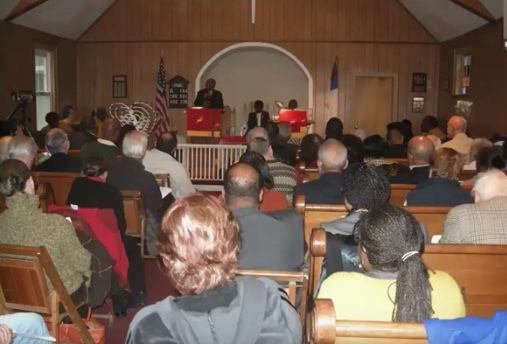
GREAT BARRINGTON, Mass. — Clinton African Methodist Episcopal Zion Church restoration aims to bring light to Great Barrington's African American history and highlight W.E.B. Du Bois' place of birth and boyhood.
The Clinton Church Restoration group is finalizing designs for the historic site's transformation into an African American Culture Center focusing on Great Barrington native Du Bois and Black history in the Berkshires.
The culture center will include a small performance space, interpretive exhibits featuring history and artifacts, listening stations, a recording booth, and a fellowship hall. The initial phase of work was funded by the National Park Service, the Massachusetts Historical Commission, and a Great Barrington Community Preservation Act grant.
"This place does not yet have a name, it will not be called Clinton Church Restoration, that's the organization," interim Executive Director Eugenie Sills said. "It will have a name that says what it is, we're working on that but for now we just refer to it as 'the center.'"
As a part of the Osher Lifelong Learning Institute at Berkshire Community College's Distinguished Speaker Series, Sills and board member Frances Jones-Sneed spoke on preserving the history of Du Bois and African American culture through the church restoration project.
Sills is the founder and publisher of the award-winning publication The Women's Times, the co-founder of the biannual festival celebrating African American heritage in the Berkshires' Lift Every Voice, and the founding member of the Women's Fund of Western Mass and the Berkshire Creative Economy Council.
Jones-Sneed professor emeritus of history, political science, and public policy at Massachusetts College of Liberal Arts in North Adams, the associate editor of the book "African American Heritage in The Upper Housatonic Valley," a board member of the CCR and chair of its scholars council, co-director of the Upper Housatonic Valley African American Heritage Trail and a trustee at the Rev. Samuel Harrison House in Pittsfield.
"We know Du Bois as the premier architect of what we call the modern Civil Rights movement or what we call him the 'father of the modern Civil Rights Movement,' but he was also a scholar, and editor, a writer, a poet, sociologist, educator and historian, activist and co-founder of NAACP," Jones-Sneed said.
"As Dr. Martin Luther King Jr. said, on the day after Du Bois' death in Ghana, history cannot ignore Dr. Du Bois, and certainly I don't think here in the Berkshires that we need to ignore Dr. Du Bois, although there have been many generations that have ignored him. And so one of the things that we are trying to do is to bring the voice's name back as a household word to every person in Berkshire County."
In 2019, CCR was awarded $75,000 from the National Trust for Historic Preservation's African American Cultural Heritage Action Fund to support the restoration and repurpose of the church. It was chosen from a pool of more than 462 applications totaling over $40 million in requests for funding.
The restoration is a community-based non-profit that was formed in 2016 to save the vacant National Register property when it was deconsecrated and put on the market. After buying the church in May 2017, the group developed a vision for a heritage site and cultural center and commissioned a historic structure report.
Sills explained that the organization raised $100,000 from the community at the time of the church's purchase and had help from local volunteers with initial stabilizing work.
CCR hired award-winning African American firm Huff and Gooden Architects were hired to restore and repurpose the church and in October 2019 had a construction kickoff.
"It's really exciting to see this and to discover what was underneath," Sill said. "Obviously we're doing a lot of documentation we have a conservation specialist working with us and developing a conservation plan for the interior fabric of the building, and again, we've been very lucky to get funding for this work from public and private sources in many generous donors."
Sills emphasized that the building will stand as the primary artifact for this project, restoring the sanctuary section to its original state as much as possible.
"We have found evidence of the things that happened in this place," she said. "The building tells a story so we want to find ways to call out these architectural details."
AME Zion Church's first documented meeting was in 1870. The congregation then raised enough money to build the structure that is standing now. Du Bois and his mother, Mary Silvina Du Bois, originally attended a congregational church near their home in Great Barrington that was made up of mostly white people.
After its establishment, Du Bois described the church in 1898 as the social life and the social experiment for African Americans in the United States, especially after slavery was abolished. The Black population during this period of time, he said, is virtually divided into church congregations that are real units of race life.
Du Bois did not become acquainted with the church in this structure, which was built after he left Great Barrington. Instead, they met in each other's houses, Jones- Sneed explained. "The cornerstone of this church was not done until 1886 and, and it was dedicated in 1887. And so by that time Du Bois is in Nashville, Tenn., working on his first degree. So, although Du Bois left the small town at 17, the Clinton AME Church was a place of continual and important social reference for him."
She cited author David Levinson, who said not much was known about Black life in Great Barrington, and what we do know about Black life in the town comes from Du Bois' writing.
Jones- Sneed said the church's hand-dug basement was often used for activism and conversations about race, which the organization would like to continue.
"The basement was dedicated in 1951. It was the place where social hours and church suppers were held," she added. "There's a lot of activism in the Black church and in this church, in particular, there were meetings of the NAACP, the Berkshire County Chapter, there were community meetings and conversations about poverty and race. There were a lot of different things happening."
Tags: black history, historic buildings,

